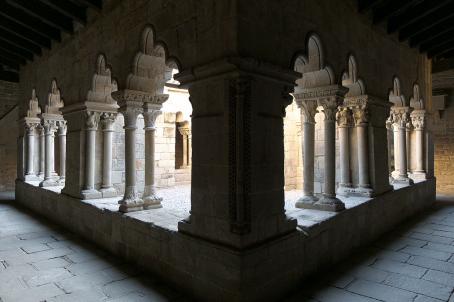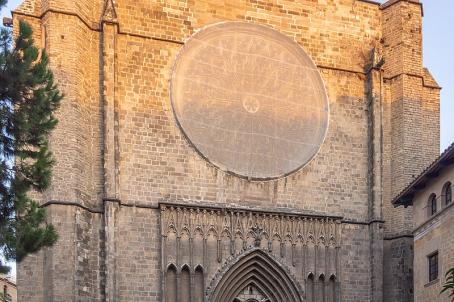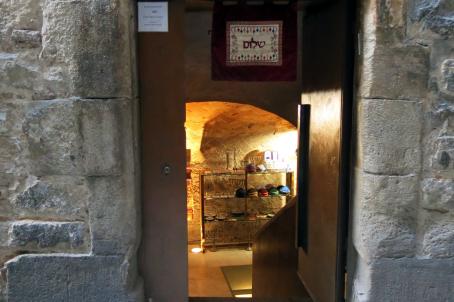Ancient Jewish Cemetery








The ancient Jewish cemetery in Barcelona is the earliest reference to a community in the city, dating it back to the mid 9c. After anti-Jewish riots in 1391 there will soon be no more Jewish presence in town.
Interestingly enough, the cemetery is located on a hill that has all along been known as Montjuïc (hill of Jews).
The site was designated a Historical Landmark in 2007 at the petition of the civil society.
About this building
By the mid-14th century, the Jewish community in Barcelona was the largest in the Kingdom of Aragon, with a maximum of approx. 4000 persons (12% of the total population).
The cemetery was located at the east end of a hill called Montjuïc (hill of Jews), a name that can be found in records since the late 9th century. This placename suggests that the cemetery may have been established a few decades before. In fact, there is evidence of correspondence between Jews of Barcelona and the Talmud centers in Babylonia, as far back as the mid-9th century.
The anti-Jewish riots of 1391 -throughout the kingdoms of Castille and Aragon- also reach Barcelona’s Call -Jewish quarter-. With killings, conversions and those leaving town, the community does not recover, resulting in the forced abandonment of the cemetery.
The site will be looted, and the tombstones sold as building material. A few of these fragments can be seen in some city buildings, and a handful of full stones are displayed in the Museum of History.
With the subdivision of the land in later centuries, the memory of this cemetery is only preserved through placenames appearing in property records and military-historic mapping. Constant human activity (agriculture and stone extraction) made it difficult to know its original limits. The site is currently divided into three fragments: one is part of public gardens, another has a sports facility since 1946 and the last one offers an opportunity for a proper intervention to allow the public to learn about its history.
Thanks to an initiative from the civil society (Jewish and non-Jewish institutions) the Government of Catalonia designates the site a Historical Landmark in 2009.
In 2012, a team of researchers from the Center of Studies Zakhor published the possible extension of the cemetery based on the study of cartography and notarial property deeds.
The site is identified in the official archaeological map of Barcelona, still awaiting proper landscaping and signage.





